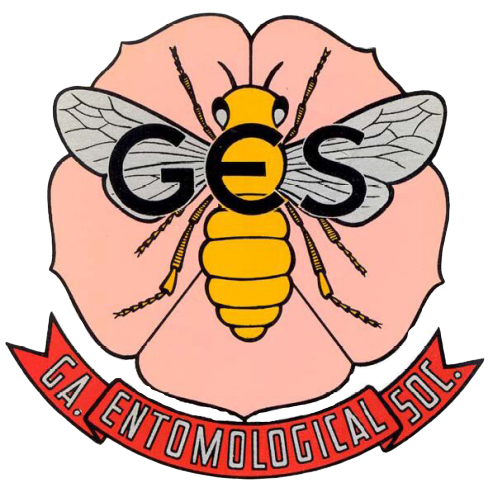Temporal Progression of Herpetomonas muscarum Leidy (Kinetoplastida: Trypanosomatidae) in the Midgut of Musca domestica L. (Diptera: Muscidae)
Herpetomonas muscarum Leidy (Kinetoplastida: Trypanosomatidae) is a protistan symbiont that colonizes the hindgut of the housefly, Musca domestica L. (Diptera: Muscidae). The temporal location and transition of this symbiont within the fly has been understudied. In this study, the progression of Herpetomonas within the mid and hindgut with reference to the peritrophic matrix (PM) was examined microscopically and was compared with the fate of a bacterium (GFP-tagged E. coli). The housefly PM is a double-layered, open-ended physical barrier that separates ingested substances from the midgut epithelium and terminates near the hindgut. In the midgut, bacteria were confined within the inner PM, lysed by digestive enzymes, and compacted into fecal pellets within 12 h. In contrast, Herpetomonas initially resided within the inner PM, but many protists moved to the interPM space within a few hours. Additionally, protists rapidly progressed to the open end of the PM at the midgut/hindgut junction, in as little as 4–6 h postingestion, entering the ectoperitrophic space and attaching to the hindgut epithelium. Unlike bacteria, Herpetomonas demonstrated a hastened progression to the hindgut and avoided being immobilized, lysed and enclosed in a fecal pellet by the inner PM. Thus, whereas flies do not have permanent bacterial “flora” (because bacteria cannot escape the PM and are trapped and lysed), this protist has found a way to circumvent this fate and establish as a permanent hindgut symbiont. These results have applicable relevance to human-parasitic trypanosomatids that use stercorarian (posterior station) transmission from vectoring insects, such as Trypanosoma cruzi Chagas in triatomine bugs.
Contributor Notes
